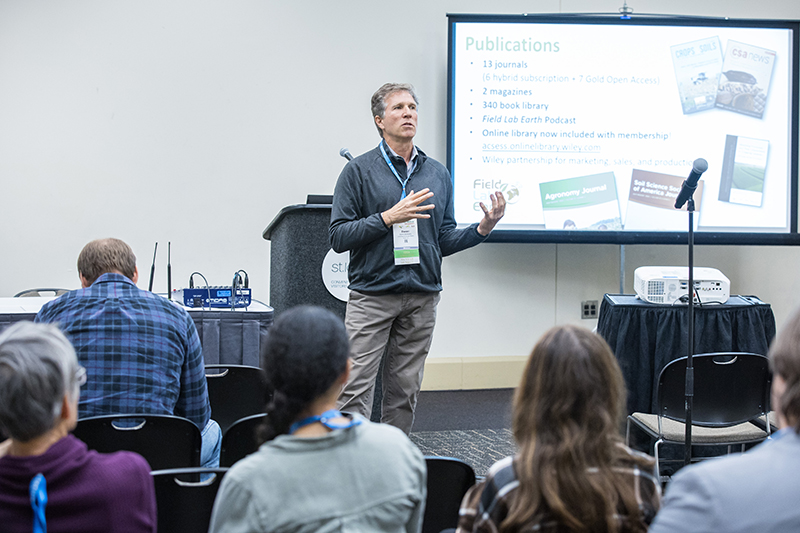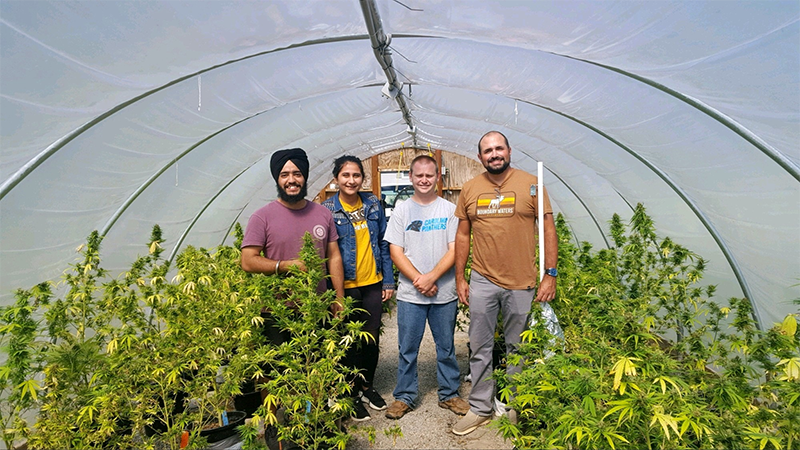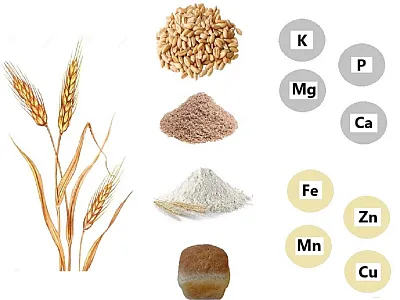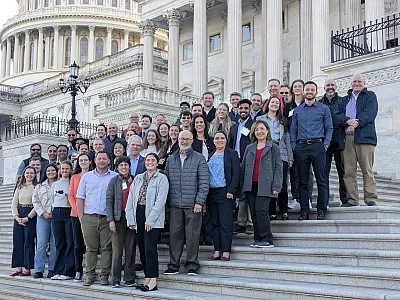Why early career scientists should publish in ASA, CSSA, and SSSA journals

As early career scientists, when it comes time for you to publish your research, there are many factors to consider. One of the most important is choosing the journal where your paper will be submitted. While some journals with high impact factors may be attractive, they may not always be the best fit for your disciplines and provide the best exposure of your work. This article lays out several reasons why early career scientists should strongly consider publishing in journals affiliated with a professional society.
The American Society of Agronomy (ASA), Crop Science Society of America (CSSA), and the Soil Science Society of America (SSSA) work hard to connect your findings with professional soil scientists, students, Certified Crop Advisers, teachers, extension specialists, policy experts, and researchers through multiple mechanisms. The process starts when you submit your paper to one of our Societies’ journals. Following submission, your work is reviewed by experts who provide constructive advice on how to improve the presentation. Following acceptance, all members of our three Societies have access to your work through our online library.
Enhanced visibility and recognition
The journals published by ASA, CSSA, and SSSA provide early career scientists with opportunities for enhanced visibility and recognition in their field of expertise. These journals have a broad and dedicated readership that includes established scientists, practitioners, and policymakers interested in research in soils, plants, and environmental sciences. The Societies have 13 journals to choose from with numerous technical editors and associate editors who are experts in many different disciplines. Sometimes the journal editors will suggest transferring your paper to another Society journal that can better connect the research to the right audience and enhance visibility.
Our Societies provide opportunities to promote your research to broader audiences ... [This] can increase your visibility, which often leads to more citations, invited speaker opportunities, and research collaborations.
In addition to the published paper itself, our Societies provide opportunities to promote your research to broader audiences through podcasts, videos, webinars, magazine articles, social media posts, and other educational materials. These promotions can increase your visibility, which often leads to more citations, invited speaker opportunities, and research collaborations—all of which are key for advancing your career.

ASA, CSSA, and SSSA also sponsor conferences, workshops, and meetings for members to discuss recent research and exchange ideas. Scientists whose work is published in a Society journal are often invited to participate in these events as speakers, panelists, or attendees. This broad exposure ensures that your work is read by your target audience. Having your work further highlighted in ways such as a CSA News article or even a social media post from the Societies can help put it in front of more eyes, increasing its impact. Being visible to colleagues and having others understand your expertise is essential for early career scientists. Additionally, our flagship journals select outstanding paper awards each year. This is a unique recognition that can make a difference in your career trajectory.
Supporting the scientific community
The journals published by ASA, CSSA, and SSSA provide opportunities for teachers, extension specialists, and scientists to share their discoveries and contribute to the growth and advancement of knowledge in their scientific disciplines. When you publish in a Society journal, you are supporting many of the other activieies of the Societies that benefit the scientific community. These include the advocacy efforts in Washington, DC that help secure research funding and shape agricultural policy as well as efforts to promote education and ehance public understanding of agronomy, crop science, and soil science. By publishing in these journals, early career scientists can engage in the larger conversation about science’s role in society and ensure their work contributes to these efforts.
Advancing your career
Early career scientists who publish in of ASA, CSSA, and SSSA journals also will open opportunities to become reviewers and eventually editorial board members in those same journals. These services are highly valued by your fellow Society members as well as by promotion and hiring committees. The Societies also offers awards for outstanding reviewing and editorial service.
The broad readership of our Society journals fosters valuable networking that can lead to mentorship, collaboration, and new research opportunities, which can be helpful for professional development. ASA, CSSA, and SSSA often provide additional resources such as training, funding, and access to specialized workshops and educational webinars that are tailored to the needs of early career scientists, such as reviewer workshops. These opportunities create a sense of belonging within a community of scholars with similar research interests and expertise in addition to enhancing professional development.

Publishing in Society-affiliated journals can also offer long-term career benefits that extend beyond the immediate visibility it provides. Society-affiliated journals are often better known and respected among peers and often provide better peer review processes. Insightful reviews, an engaged editorial board, and a detailed style manual can help improve your professional writing. Publishing in ASA, CSSA, and SSA journals puts your work in front of your peers and colleagues, leading to potential collaborations or leadership roles within the Societies. When it comes time for outside support letters for promotion and tenure, or awards, having colleagues recognize your work is critical. While many of these points are true for a scientist at any stage of their career, early career members have much to gain by publishing in Society journals and leveraging the associated benefits to their advantage. These benefits may include building relationships that can last a career.
Text © . The authors. CC BY-NC-ND 4.0. Except where otherwise noted, images are subject to copyright. Any reuse without express permission from the copyright owner is prohibited.








